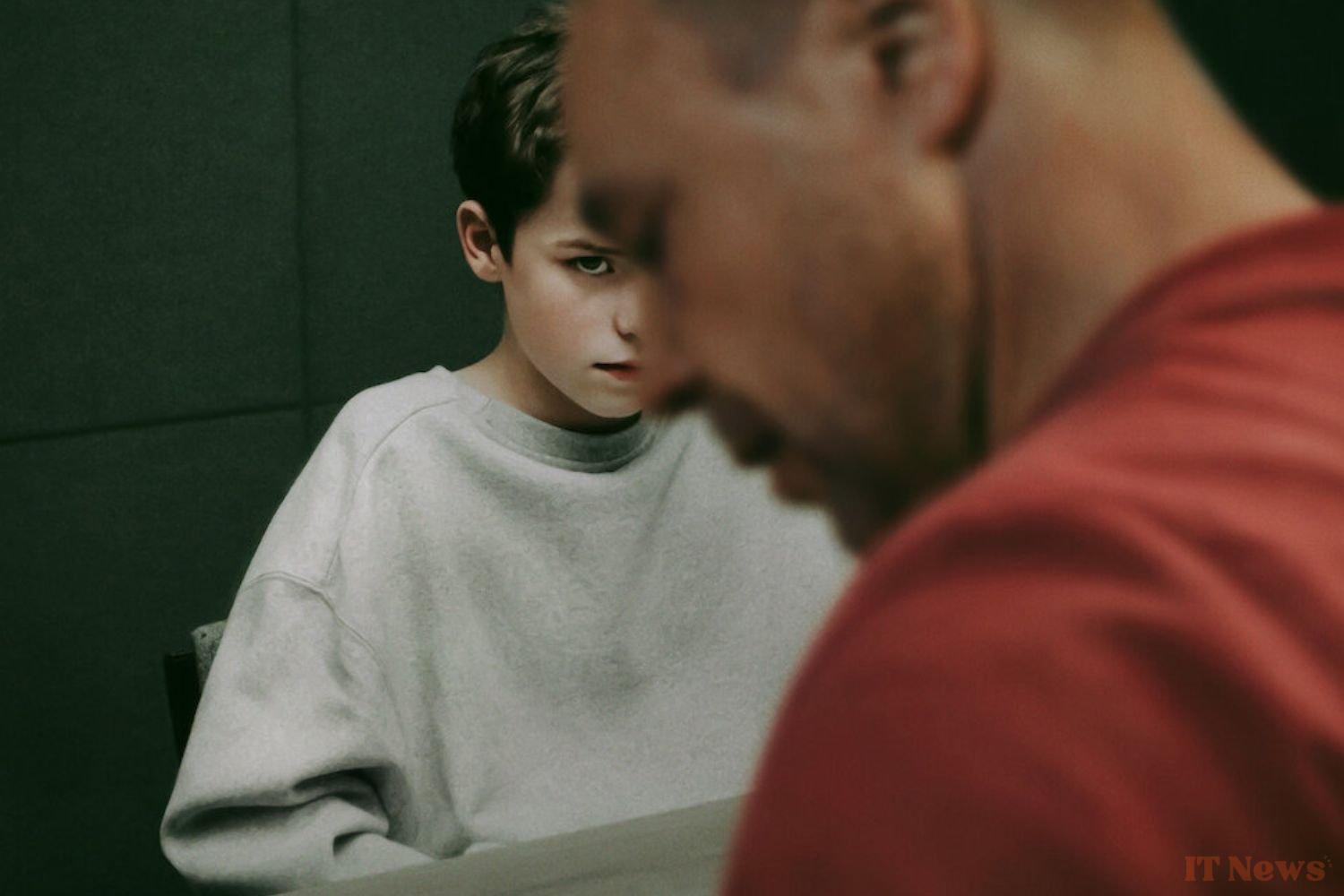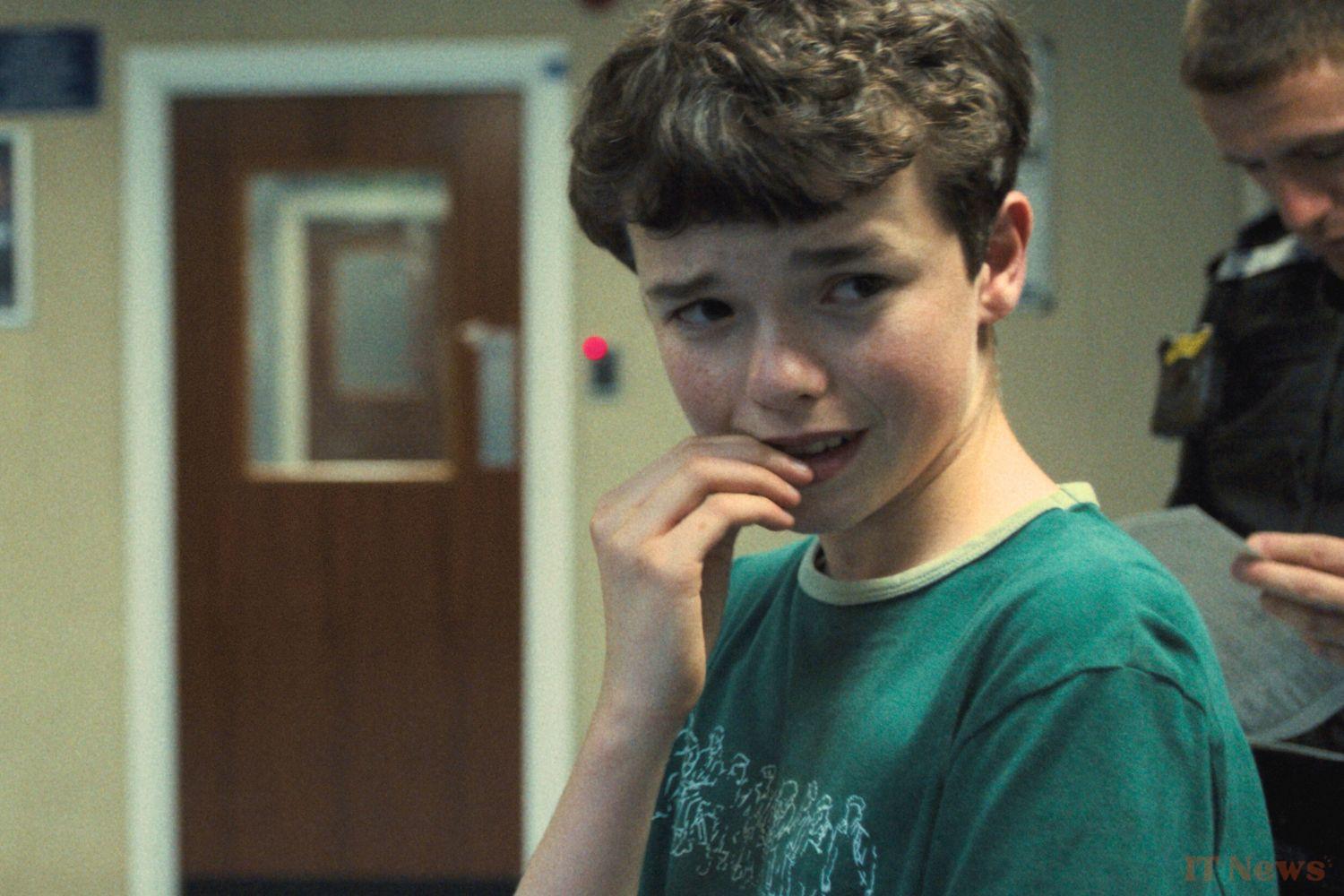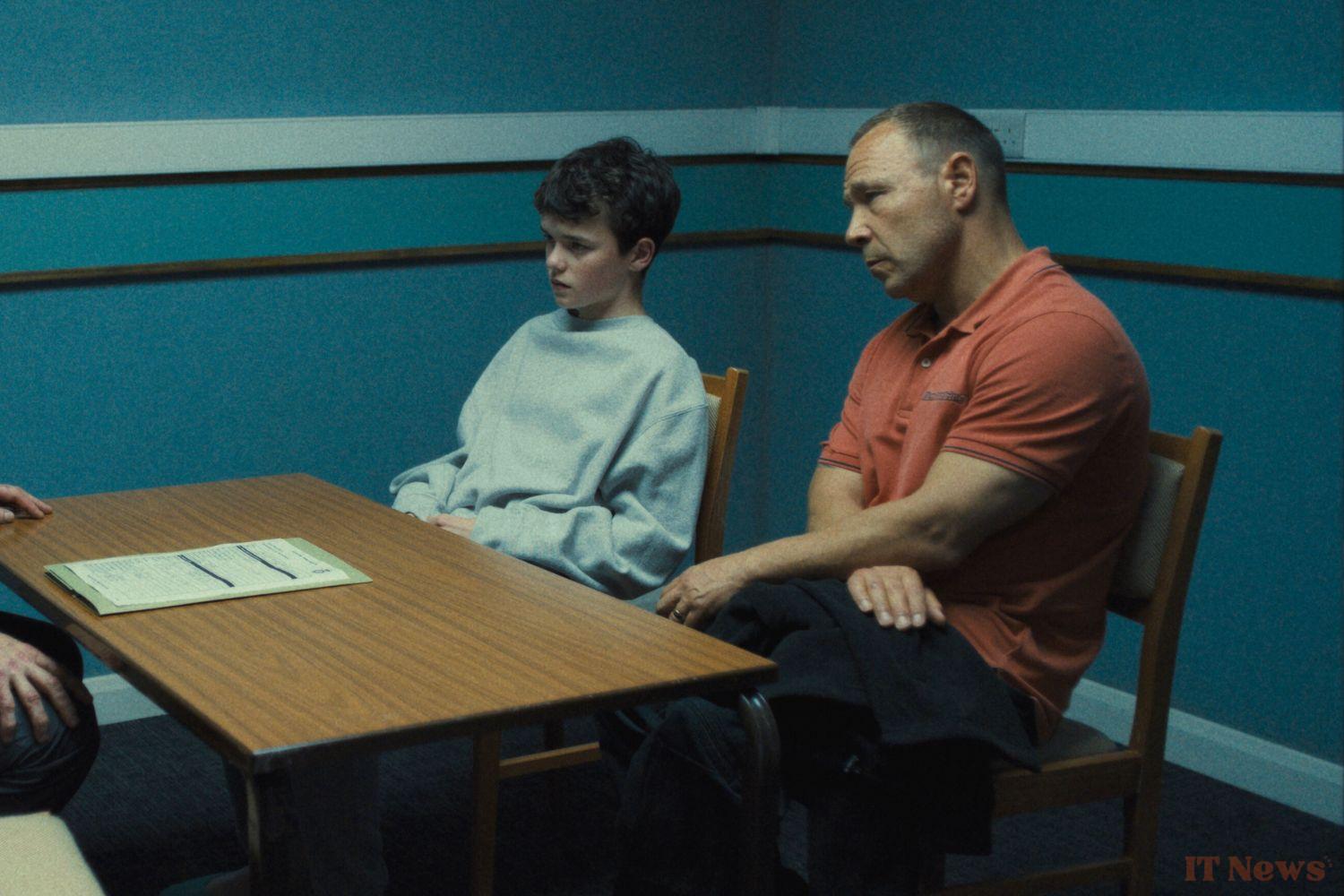It's not the size that matters, but how the story is told. Series are regularly criticized for misusing the number of episodes they contain, with writing that doesn't require so much. How many shows could have been trimmed without really harming the story? However, we mustn't be naive and forget the commercial formula often hidden behind this length. Especially when we're talking about streaming platforms like Netflix. It's simple: more episodes gives more content, which leads to more viewership in the statistics. And then, sometimes, a series will go against this logic because the important thing is no longer how many we watch, but what we watch.
This is where our title comes in, far from the hype we might attribute to it. Because if we're among the people who devoured the first season of 13 Reasons Why, it wasn't so much its plot that justified the next three seasons as a desire to ride the wave of its popularity for the SVoD service. And this was felt season after season, to the point where what had been an electroshock for many upon its release subsequently led to a growing disinterest. On a fairly similar theme, Adolescence is better than 13 Reasons Why, because it absolutely doesn't follow this logic. And for at least three other reasons that we will discuss.
Early in the morning, the police arrive in force at the Millers' house and take away the youngest son, Jamie, 13, before the stunned eyes of his parents and sister. At the station, we will understand that the teenager is accused of the murder of a classmate. The descent into hell begins.
1 – A technical tour de force
For a long time, the long take on the big screen was considered the preserve of masters, capable of reimagining entire scenes like a choreographed ballet while meeting technical challenges. Over the years and with the evolution of technology, the long shot has lost its appeal through more sensational, more regular, and above all more manipulated use, with cuts that are now invisible. The fact remains that it still has a certain effect on the public, to the point where series have seized on it to emphasize certain episodes, like The Bear.
Which brings us to Adolescence, whose marketing argument, at first glance, lies in its concept: four episodes – hence our soliloquy on the length of a series – shot entirely without cuts. Action in real time and without special effects (or not noticeable enough to make us think otherwise) directed by Philip Barantini and his director of photography Matthew Lewis, well-versed in the exercise after their excellent work on the film The Chef. Each episode will be the theater of a new way of looking at technology. The second act impresses with its choreography of school chaos, and the third, more intimate segment has nothing to envy of David Fincher's style in its way of approaching a conversation as an action scene. A production that leaves no room to breathe, never taking your eyes off the story for a single second.
2 – Serving a relentless scenario
A visual ballet whose intention is to tell a story. The story, written by Jack Thorne and Stephen Graham, is divided into as many episodes, each taking place at different times in the investigation. We could even say that we are in the presence of four small stories within a large one that will never really be told to us. Why the long shot? Because it was important that we stay as close as possible to the characters and not feel above them. We live at their pace, the information reaching us in real time, their emotions too. Adolescence doesn't intend to tell us about a murder, it confronts us with the consequences. No protagonist appears in more than two episodes (with one exception) because the subject simply doesn't concern them or no longer concerns them.
The first episode immerses us in the realism of an arrest and the interrogation that follows. The second in the hell of a truth that escapes everyone, crushed under the weight of a certain indifference. The third is a game of deception between anger and resignation. Then the fourth will come along, a rollercoaster between resilience and incomprehension. It's not the murder that interests the series, even less the victim. As she admits herself, she would be incapable of it. No, although Jamie is at the center of the plot, the real subject remains the portrait of adolescence and those who remain. Experience is more important than the truth.
3 – In the hands of brilliant actors
Since we were talking about mathematical formulas before, we must not forget the third asset in the calculation of an excellent series: its cast. No actor here is below their comrades and each has their chance to shine. Luke Bascombe (Toy Boy) and Misha Frank (Andor) play detectives whose investigation highlights their own flaws. For one episode, Erin Doherty (A Thousand Blows) engages in a spectacular duel against the young and very impressive Owen Cooper. And Stephen Graham (A Thousand Blows, The Chef) is a model of paternal vulnerability oscillating between rage and despair, ably supported by his on-screen wife, Christine Tremarco (Emmerdale Farm).
Adolescence is a model of writing and technical skill that manages to tell us a lot in a short time. Without a doubt one of our favorites of this year, which we would not, however, recommend to you if you are not ready to experience emotionally difficult moments. When you are, a perfect series is on Netflix.





0 Comments